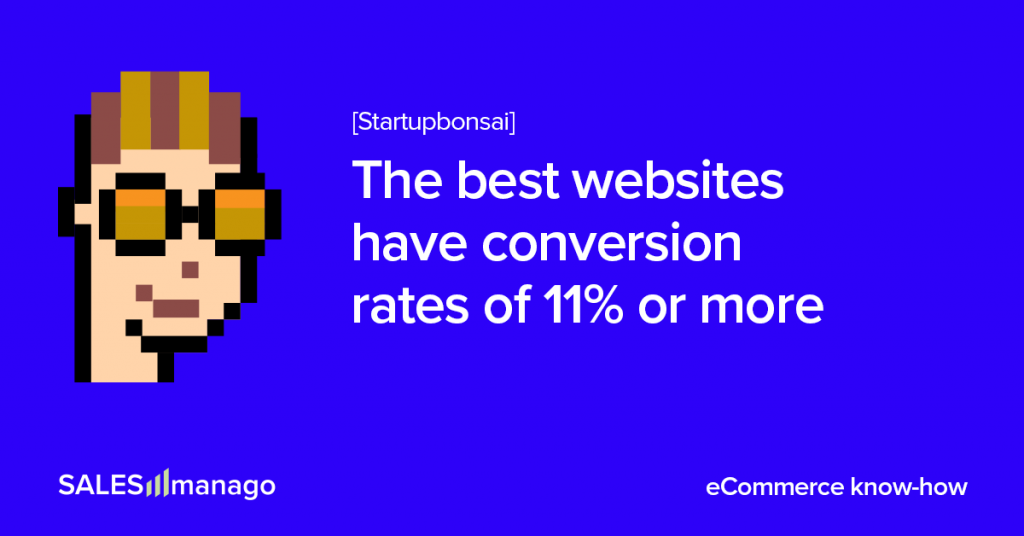
In one of our earlier insights, we showed how the rise of the CLV-ROI approach is changing eCommerce business models. But let’s get right to the point of this marketing insight: Turning your customers into loyal fans requires you to first convert visitors into customers.
This is why we understand conversion rate (CR) as the most fundamental metric in eCommerce. Without a honed CR, you just run a website. Here’s why.
What is the Conversion Rate?
In an increasingly competitive eCommerce world, there are some dos and don’ts when it comes to encouraging customers to buy items from your business. This act is called a conversion, and it’s just about the most important metric you’ll need to watch as you plan on building your business and increasing revenue.
CR is the percentage of visitors landing on your website who complete a desired action.
In eCommerce, conversion means the percentage of website visitors who purchased something from your online store in a set period of time.
Next, we are going to explain why this metric is so important, though with this definition we have probably spoiled the surprise. Isn’t it obvious why we are talking about the foundation of an actual, working eCommerce business rather than…just a website?
Traffic into Sales: Why CR Is a Crucial Metric in eCommerce
Actually, no, there is one situation in which you can ignore CR, just set up an online store, start sending visitors to the site with paid advertising, and call it a day: It is when you have budget orders of a magnitude greater than even the worse possible costs—and it will be that way for the rest of your eCommerce life—and your wares are extremely expensive.
In this scenario, you are able to draw millions of visitors to your website. Even with awful CR, some visitors will turn into customers, buying your obnoxiously overpriced product.
The question is: Why do you even start an ineffective eCommerce business if you have such massive amounts of money at your disposal?
Any rational business model must work efficiently. Unless you can convert those visitors—lead them to take the next step along the path from prospective to happy customer—then you’ve wasted your time and your money building traffic. Any page on the internet can buy traffic, but a conversion-optimized website turns that traffic into sales and a poorly-performing website fails to capitalize on the opportunity.
The Tremendous Effect of CR on ROI
Let’s get to the numbers.
Suppose your eCommerce is currently converting visitors at the rate of 2%. Two out of every one hundred people who visit your site end up purchasing something within the timeframe of your measure.
Your average monthly traffic is 500K unique visitors, and your average order value (AOV) is $150.
With these numbers, you’re realizing $1.5M in monthly revenue. Then you apply the proven principles of conversion rate optimization (CRO) to coax your CR up by 2%, and you’ve doubled your monthly revenue to $3M.
CRO not only converts more of your visitors into buyers, but it also draws more sales and pushes your AOV up. If your 2% improvement of the CR also results in the AOV rising to $200, your new monthly revenue will climb to $4M.
You’ve gone from $1.5M to $4M in monthly revenue simply by boosting your CR and AVO.
Good eCommerce CR: What Does It Mean?
Average eCommerce CRs are 1%–2%. Even if you are doing everything right, you can still expect to win the sale around 2% of the time.
A 2%+ CR should be the baseline goal for your online store. The best websites have CRs of 11% or even more.
But is 2%+ really good for you, specifically? How does it compare with the CR of your competition? You might get frustrated by spending money to draw traffic to your site then seeing those visitors leave without making a purchase. Is your paltry CR normal? Or have others found ways to get more and better-targeted traffic?
To understand which CR is good at a specific moment for your business, you must understand one very important thing: Your most important competitor is you. To properly assess your progress, always compare it to your own previous achievements.
It is all about the small steps you make on the road of CRO.
What Is CRO?
Conversion Rate Optimization is the process of optimizing the experience of your site or landing page based on visitor behavior, with the aim of improving the probability of the visitors taking desired actions—namely conversions.
Since the introduction of tools like SALESmanago’s Customer Preference Center, optimization efforts can be undertaken not only on the basis of first-party data, like behavior, but also on the basis of zero-party data, preferences revealed explicitly by the customers.
The Importance of Continuous CRO
It’s not uncommon for eCommerce businesses to focus on achieving ambitious, long-term goals throughout the year. While long-term goal setting is an important part of running an eCommerce business, you shouldn’t overlook the value of setting marginal, short-term goals along the way.
Very often we see eCommerce managers overemphasize the importance of one central goal while overlooking the significance of making marginal improvements every day. We recommend focusing on making incremental improvements to your CR by a small percentage each day. CRO is an ongoing process that sometimes uncovers areas where big gains can be made quickly. Such an effect can be obtained, for example, by incorporating zero-party data into your marketing toolset and utilizing it to hyperpersonalize your website. But most often you’ll be working to make incremental improvements over time.
Is your current CR high enough? Probably not. You may not be able to double revenue overnight, but you can certainly do more with what you have. That is the goal of CRO.
To Sum Up
There are many methods for achieving effective CRO, and this is something we will tackle in our next insight. As all of them may be summarized as ways of showing what customers want to see and what they will react to, the recent revolution in eCommerce technology has exponentially increased the means at your disposal. This is especially true in the case of actionable zero-party data. Because “what customers want to see and what they will react to” can, in turn, be translated into just one word: hyperpersonalization.




 Follow
Follow




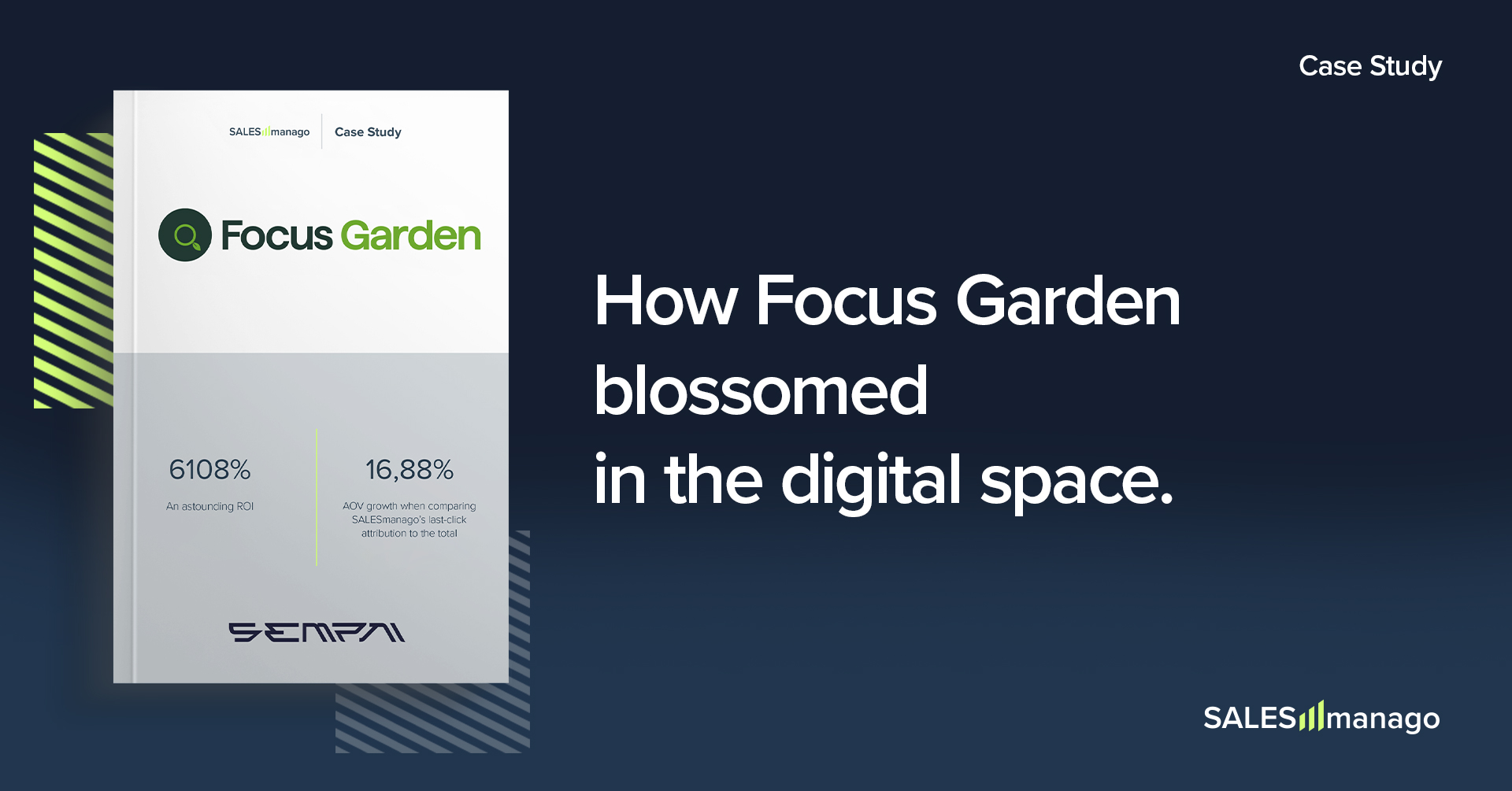

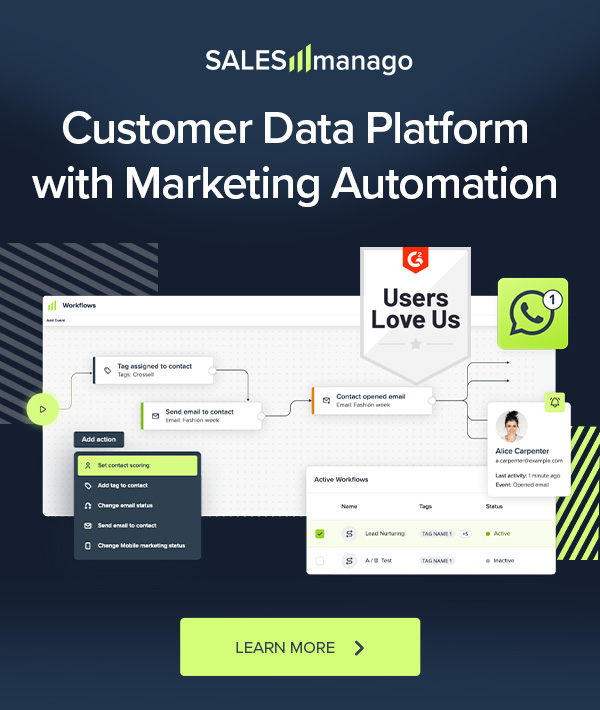

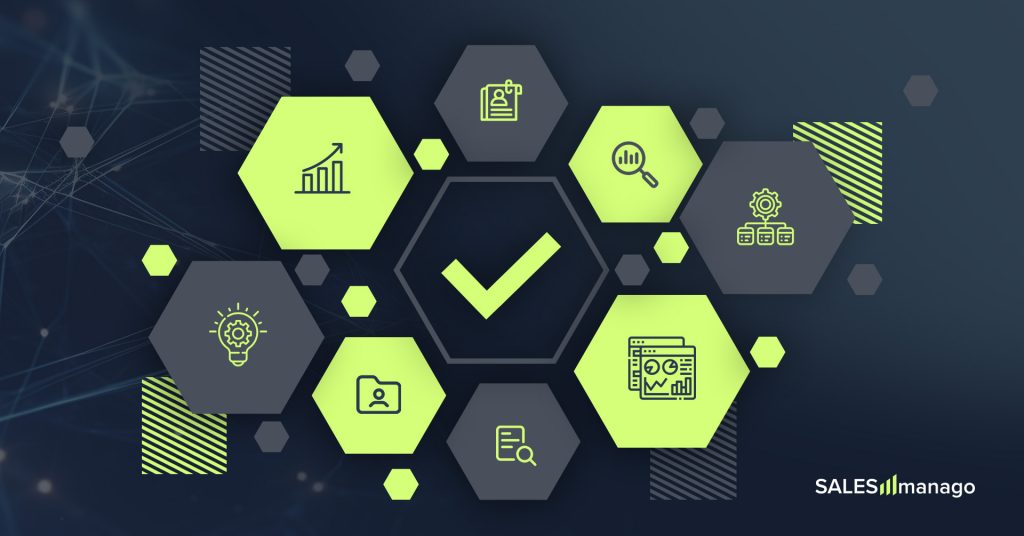

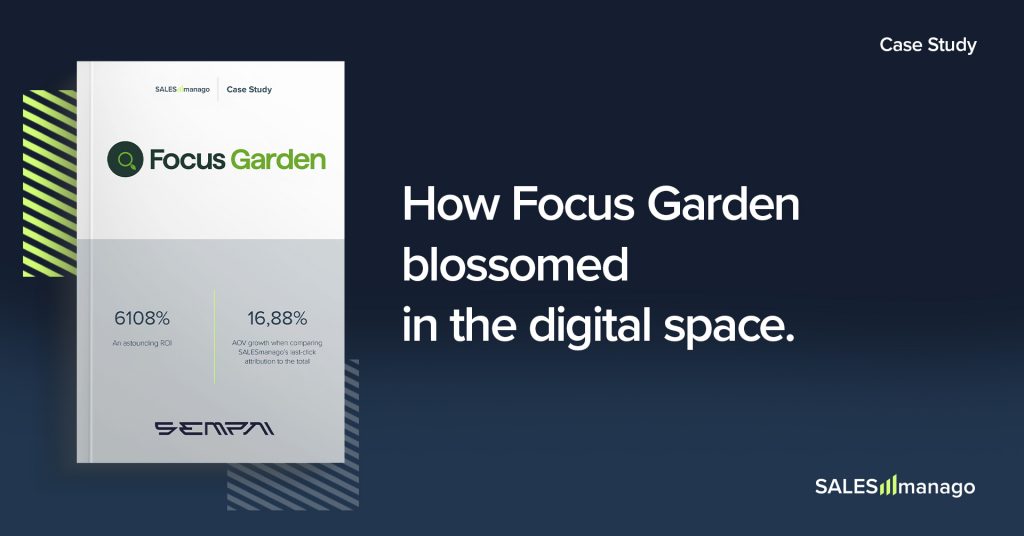


![[New Feature] Shine the light on your hidden visitors with Spotlight](https://blog.salesmanago.com/wp-content/uploads/2024/04/1-9-1024x536.png)
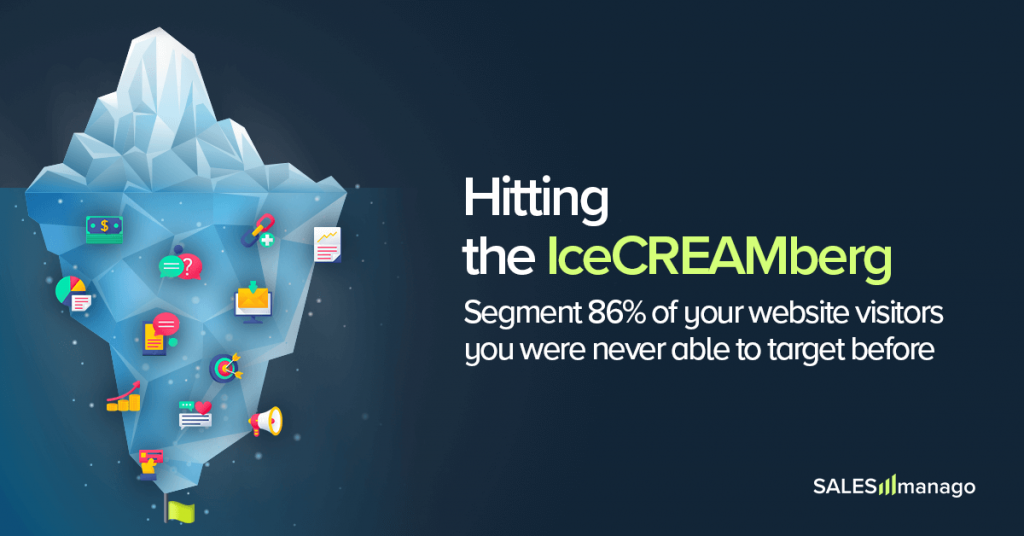
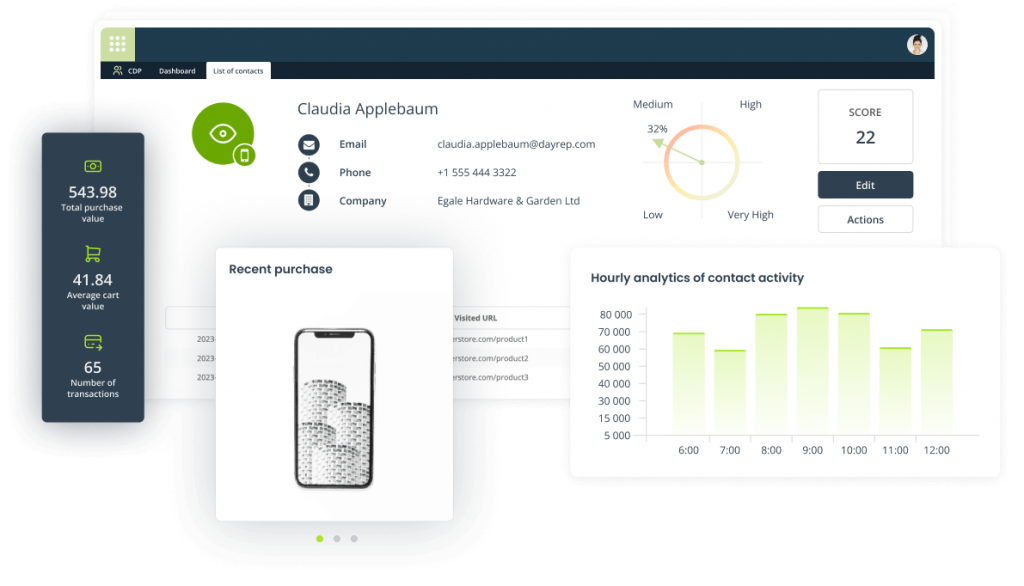
![[New Feature] Unlock Deep Behavioral Personalization with Product Collections](https://blog.salesmanago.com/wp-content/uploads/2024/03/1-3-1024x536.png)
